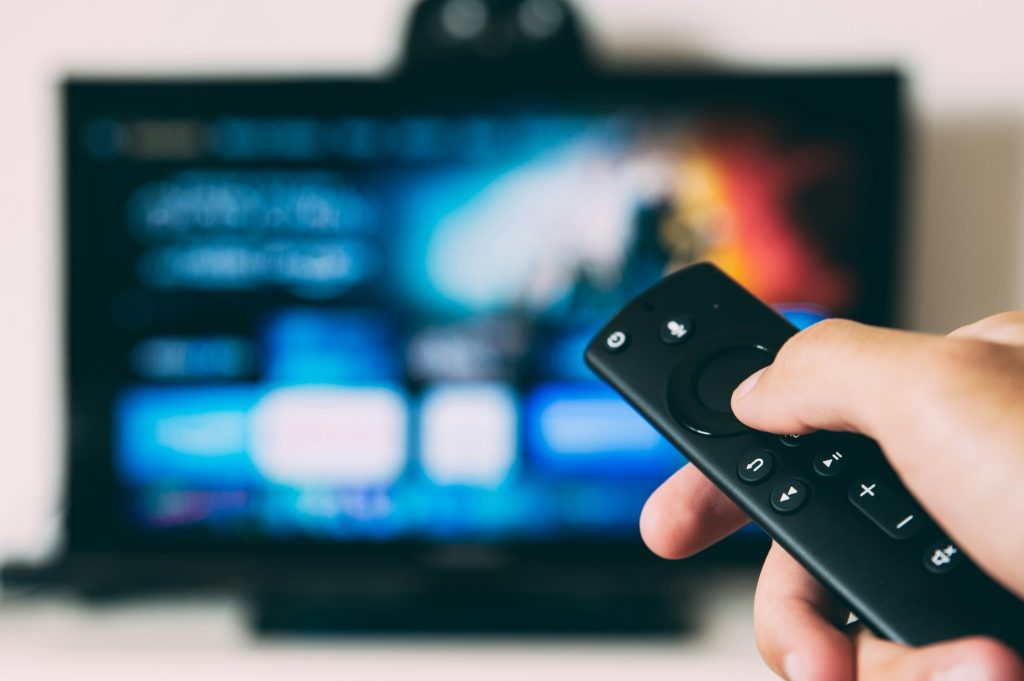To sign up for our daily email newsletter, CLICK HERE
In a world where convenience reigns supreme, you might be thinking that the current streaming model is fantastic. Unfortunately, this relatively new method of enjoying TV is already cracking at the edges. But, if you want to learn more about this, let’s delve into this deeper.
Innovation Through Technological Advancements
Every industry has been severely impacted by technology, with continuous innovation leading to constant progress. Even industries that go as far back as bingo, with its origins allegedly dating to 1530, have gone digital, with players enjoying online bingo at Paddy Power. The innovation doesn’t just come from its digitization, but also from added features like live games and jackpots.
The same can be said about the TV industry, with an incredible number of shows and movies available via different streaming platforms on practically any device you can think of, from smart TVs to laptops to even consoles. Consumers are now completely spoiled and expect to have everything they want at the tip of their fingertips at all times.
Even the quality of the video has reached an incredulous 4k, and we can expect this to somehow get even better with time. Even a few years back, most of us would have been happy to view a video at 720p, and now that is seen as a low-quality format, meaning that older shows are getting remastered at all times to accommodate these modern needs.
Moreover, some movies and TV shows have gone interactive. This means that people can now quite literally impact the ending of what they’re watching by choosing different scenarios. This is an unprecedented move that has added a layer of immersion to something most of us thought could only be enjoyed in one way. This has added to the replayability, in turn adding to the views of a show/movie.
Challenges Faced by the TV Streaming Industry
As it stands, the streaming business model, where people pay for a set subscription plan, makes significantly less than the older TV model. This can easily be seen with how these plans keep going up every year, whilst shows are getting cancelled left, right, and center by platforms such as Netflix.
This lack of income can also be seen in how actors, writers, and other important cogs are receiving far less than they would have in the past. Such companies are trying to cut corners as much as they can, trying to use technologies such as AI to churn out screenplays. Of course, there was major pushback through the WGA strike, which was chronicled by media outlets like The Guardian.
Finally, let’s discuss the relatively recent trend started by Netflix, with TV show episodes released in bulk to aid with binge-viewing. While this has been great for consumers, the platforms have suffered from this unsustainable model. To combat this, we can see such platforms divide their shows in two, forcing those who subscribed only for a month to enjoy the show, to keep their subscription for longer.

While streaming platforms have made it much more convenient to access our favorite TV shows and movies, it is already experiencing a downfall. With a potential return of ads to cheaper plans, this could mark a return to the past, showcasing that whilst innovation is great, it still has its own risks and challenges.